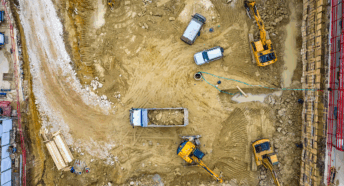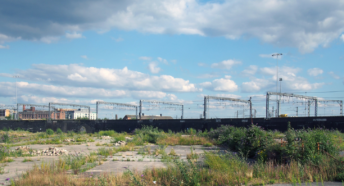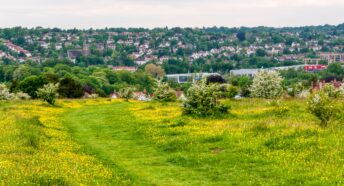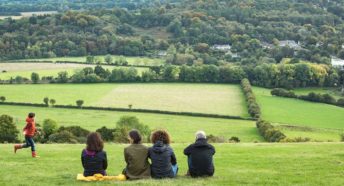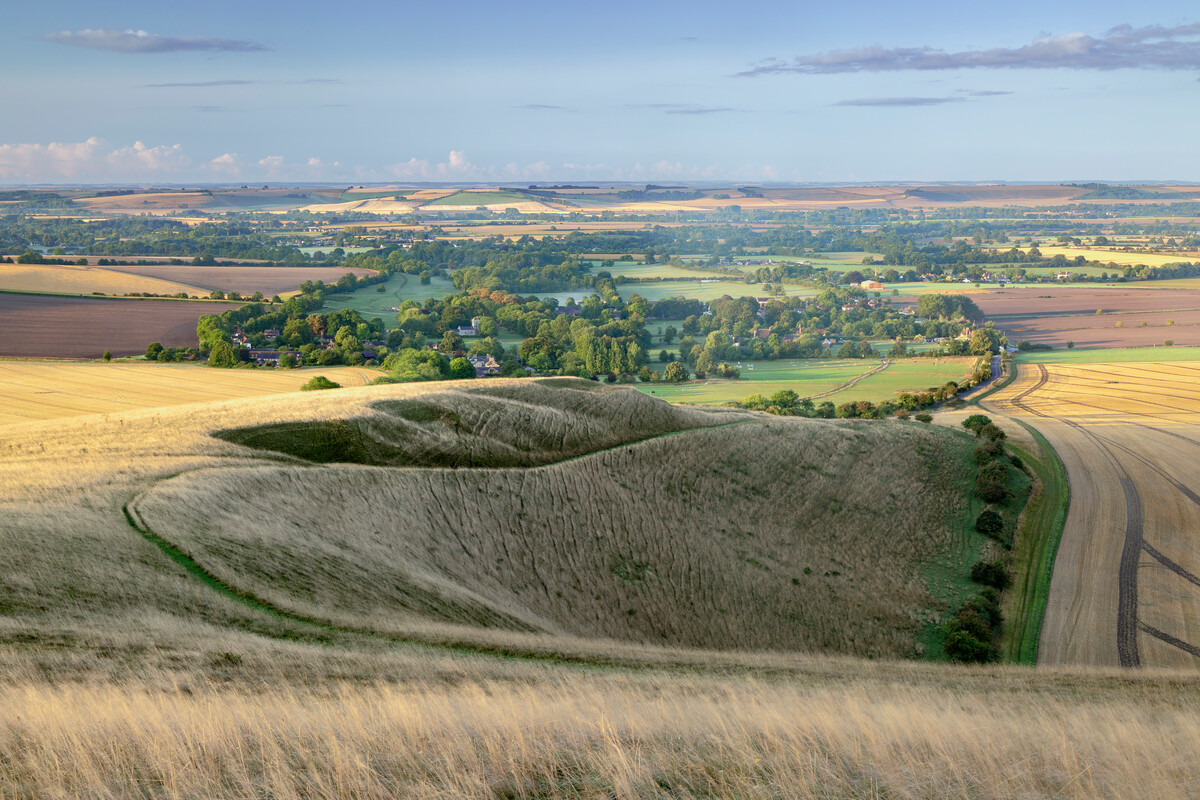Five reasons why we love brownfield land
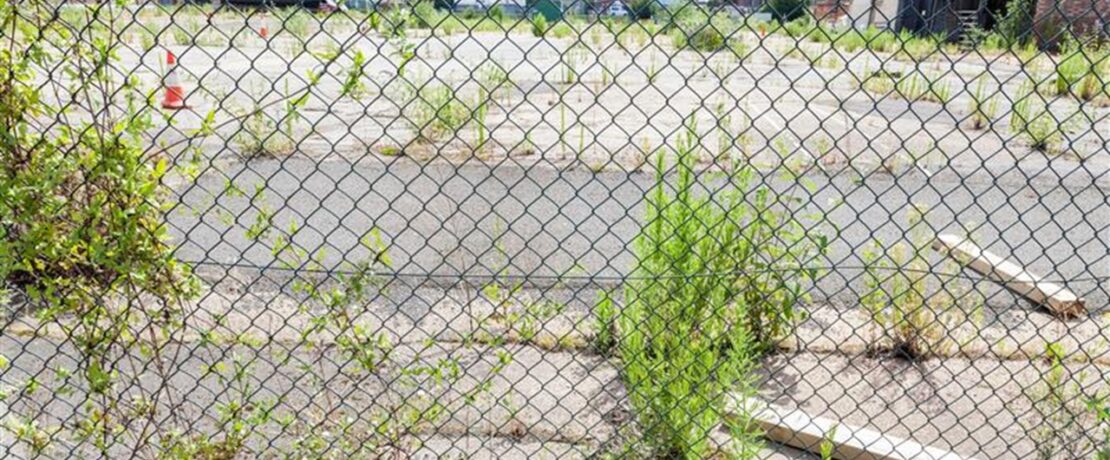
‘Brownfield land’. What do you picture? Despite the name, it’s rarely a brown field. Instead, these are often forgotten expanses of hard ground, sometimes reclaimed by vegetation, waiting for the right spark.
So why do we love it? Well, here’s the thing, these forgotten spaces are perfect for new homes, meaning we can protect more countryside and green spaces for food-growing, wildlife, and wellbeing.
We’re not saying anything revolutionary. We’ve been banging the brownfield drum for a very long time; with good reason. Well-planned brownfield development can be the practical and sustainable gold standard in breathing new life into neglected spaces, all while protecting spaces for nature. A win-win! So, here are five reasons why we think brownfield land is the key to solving the housing crisis.
1. It’s ready and waiting
There’s a lot of brownfield land to go around. In fact, they can be found in high supply in all regions of England.
Also, brownfield registers (a record of brownfield sites suitable for residential development) were introduced in 2017, following CPRE’s successful ‘Waste of Space’ campaign. Research from these registers shows that there is a huge amount of land that is shovel-ready and practically waiting to be built on. In fact, sites can only be added to the brownfield register if they meet ‘deliverable and developable’ tests. On top of that, these areas have typically been used in the past; for things like offices or industrial sites. So, more often than not, it’s already close to vital services such as schools, shops and transport links. It’s ready for a thriving community.
2. Brownfield equals efficiency
When it comes to planning for new homes, or development in general, efficiency matters. The existing infrastructure which often comes with brownfield sites, such as roads and power connections, means that these areas can be regenerated more efficiently.
And we know that brownfield sites aren’t identical. Some are rich in wildlife and should be handled with care. With the right approach, development can make best use of land without compromising on nature. This is where good planning comes in. Good brownfield regeneration is about working with what already exists to create better places for both people and nature.
3. Housing matters, but so does where it’s built
We need to act quickly on the housing crisis. We need more genuinely affordable homes, but where we build them is important. A report by CPRE showed that brownfield land has the capacity for the development of 1.2 million homes. That’s nearly as much as the government’s total target for new homes.
These are sites that are already mapped, some with planning permission in place; meaning we could get spades in the ground faster than starting from scratch in the countryside. Along with ambitious targets on genuinely affordable homes and social rent, brownfield could be the key to tackling the housing crisis and delivering the homes people desperately need.
4. It protects our green spaces
Every time we build on brownfield, we’re helping to avoid the unnecessary loss that comes with building on the countryside. Farmland and open spaces are constantly under pressure from development. Choosing brownfield first means we can meet housing needs without impacting on the landscapes that help to mitigate climate change, grow food, support biodiversity, and give people space to enjoy and connect with nature.
People get the homes they need, while the countryside continues to do what it does best: provide us with food, support nature, and be home to our most treasured landscapes.
5. It can be a breath of fresh air
I know brownfield is often described as barren wastelands, but truthfully, it has so much potential. It is as much of an empty canvas as you’ll get, whilst minimising harm to the environment.
Well-planned development on brownfield can be transformed into a vibrant neighbourhood—bringing in new homes, jobs, and space for a thriving community. Take Goldsmith Street in Norwich for example. It took a little fine-tuning; but ultimately, a once dormant piece of land is now an area residents can feel proud of living in.
The best brownfield projects blend homes, nature, and community spaces so that once-forgotten areas become places where people want to live, work and spend time.
Brownfield first
CPRE has been campaigning for a brownfield-first approach for years, and we’ve already seen some real wins, not least the introduction of brownfield registers and more recently, a brownfield first approach getting more weight in planning policy.
But our work is not finished. With the Planning and Infrastructure Bill (PIB) on the horizon, we are continuing to hold the government to account, making sure it puts recycling brownfield at the heart of development.




